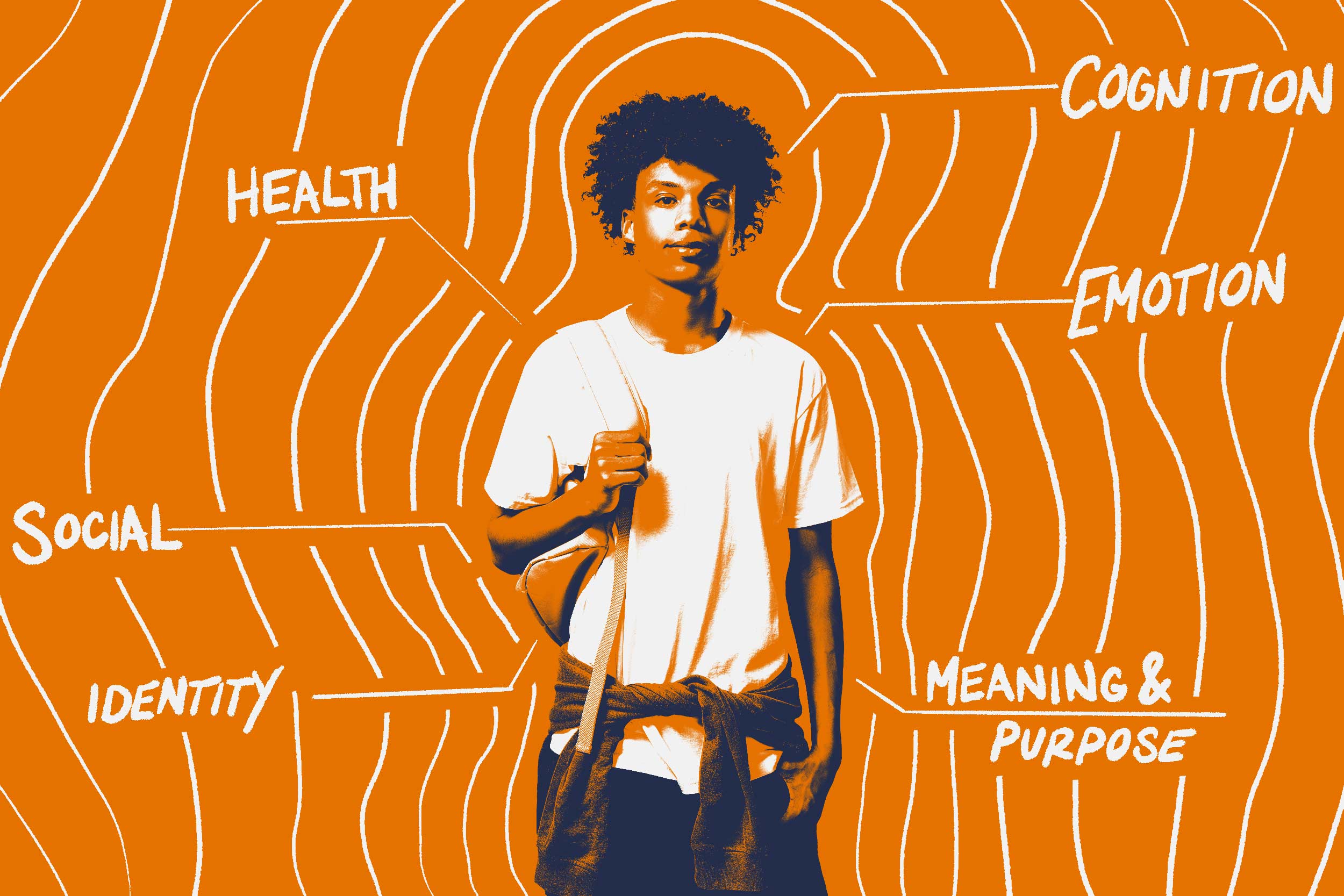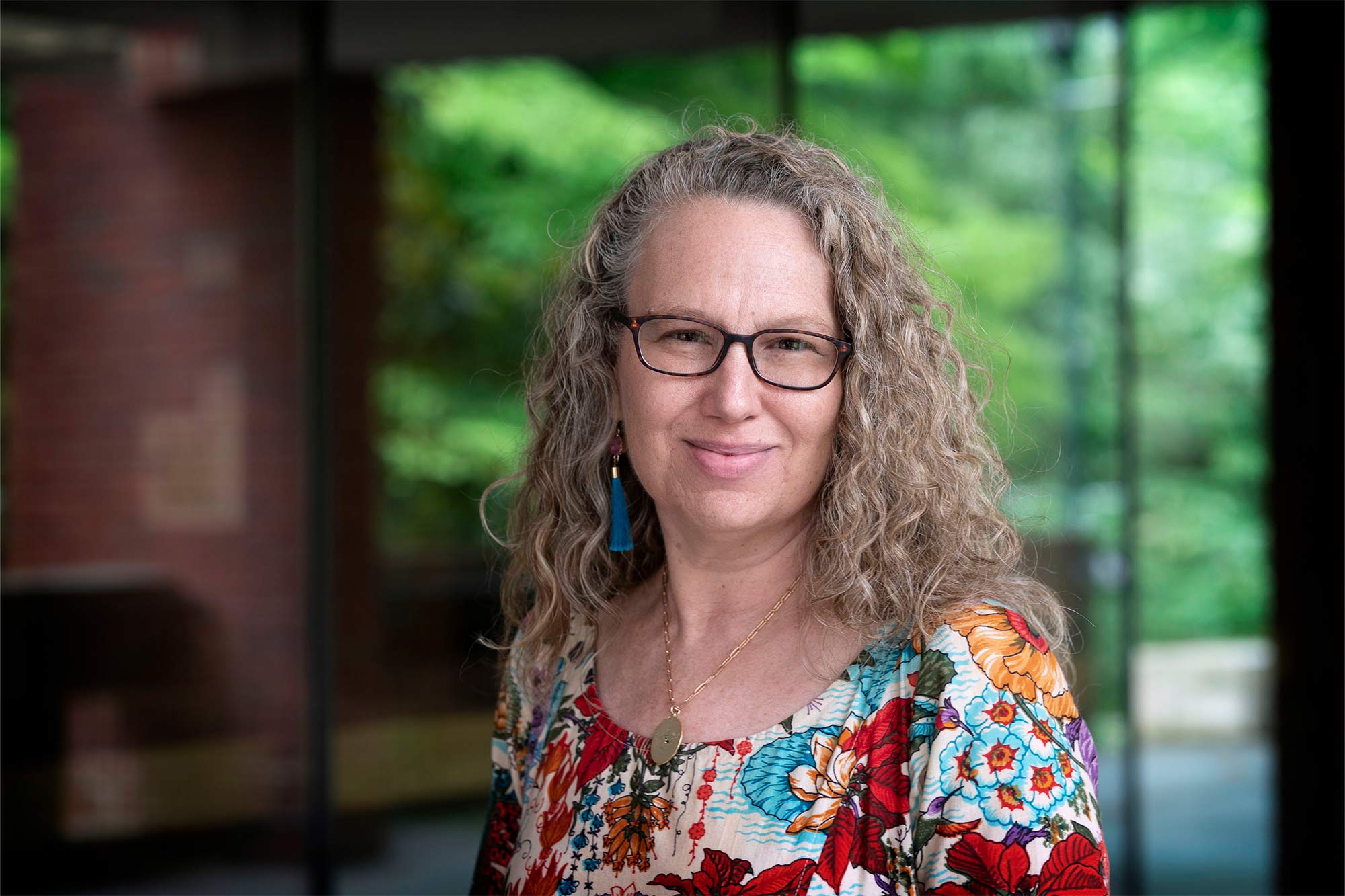However, rather than a snapshot in time, the Portrait of a Thriving Youth identifies what young people need to thrive across a span of 15 years.
The tool is designed for those serving young people.
“Practitioners are seeking strategies for empowering and supporting young people as they face new challenges, such as what the surgeon general referred to as an ‘epidemic of loneliness,’ increasing school and community violence, and growing insecurities like food or housing insecurities,” said Bridget Adams, Newport News Public Schools Youth Development program administrator and a practitioner partner with Youth-Nex.
According to Adams, one of the greatest challenges for youth development leaders is getting stakeholders such as teachers, administrators, counselors, other support staff, families, community volunteers to understand how to work together to meet the needs.
“The Portrait creates a common language around which we can create systems, solutions and goals, as well as a way to measure the efficacy of our efforts,” she said.
The tool is designed around six areas that encompass the breadth of adolescent learning and development and highlight the key tasks of this developmental period. It also includes examples of milestone skills and compentencies.
While presented separately to draw attention to the specific needs and tremendous change taking place in each section, they often overlap. Those domains include:
- Health: Physical changes, nutrition, physical activity, sleep, and mental health.
- Cognition: Problem solving, in creative thinking, self-reflection, working memory, executive function and critical thinking to make good decisions.
- Identity: Discovering who they are, what makes them who they are and who they are to others. A thriving adolescent explores and understands their racial and cultural identities, as well as beliefs and values.
- Meaning and Purpose: Understanding their place in the world, comprehending the larger systems and social contexts that shape their world. This is often a time when young people begin to take civic responsibility and act on what they believe to be right.
- Emotion: During a time when highs and lows are felt more intensely, developing emotional regulation skills develop to manage wide-ranging emotions.
- Social: The expanding scope of relationships is a hallmark of this season of life. A result of rapid brain development, adolescents expand interpersonal skills, recognize others’ feelings and build trusting relationships that can provide positive supports for youth during this critical season.
Although the idea is to describe characteristics of a thriving youth, those characteristics may be different between cultures and communities.
“We do not believe there is a single, universal definition of what thriving looks like for every young person and in every cultural community,” the portrait overview states. “We do believe that every young person has the capacity to thrive, if the environmental conditions and resources support them to reach their full potential.”
The team at Youth-Nex relied on education and youth development professionals from across the nation to craft and refine the tool.
“We have been purposefully inclusive in designing the portrait to include diverse voices from across sectors,” Deutsch said.
“Teachers and administrators have received extensive training in instructional strategies, but they are often asking for ways to build relationships with students, to meet the needs of vulnerable students, and to promote positive emotional health for youth,” Adams said. “Educational leaders also need a tool that will help them to build employee expertise in their school communities that will empower kids to thrive. I believe the Portrait will be an excellent resource.”
Ultimately, the portrait is an important part of a toolkit of resources that help practitioners, researchers and policy in their work to support youth in their development.
“The end goal is to have shared commitments across systems and settings that serve young people to ensure that every young person has access to the resources they need to thrive across the domains of development,” Deutsch said.






